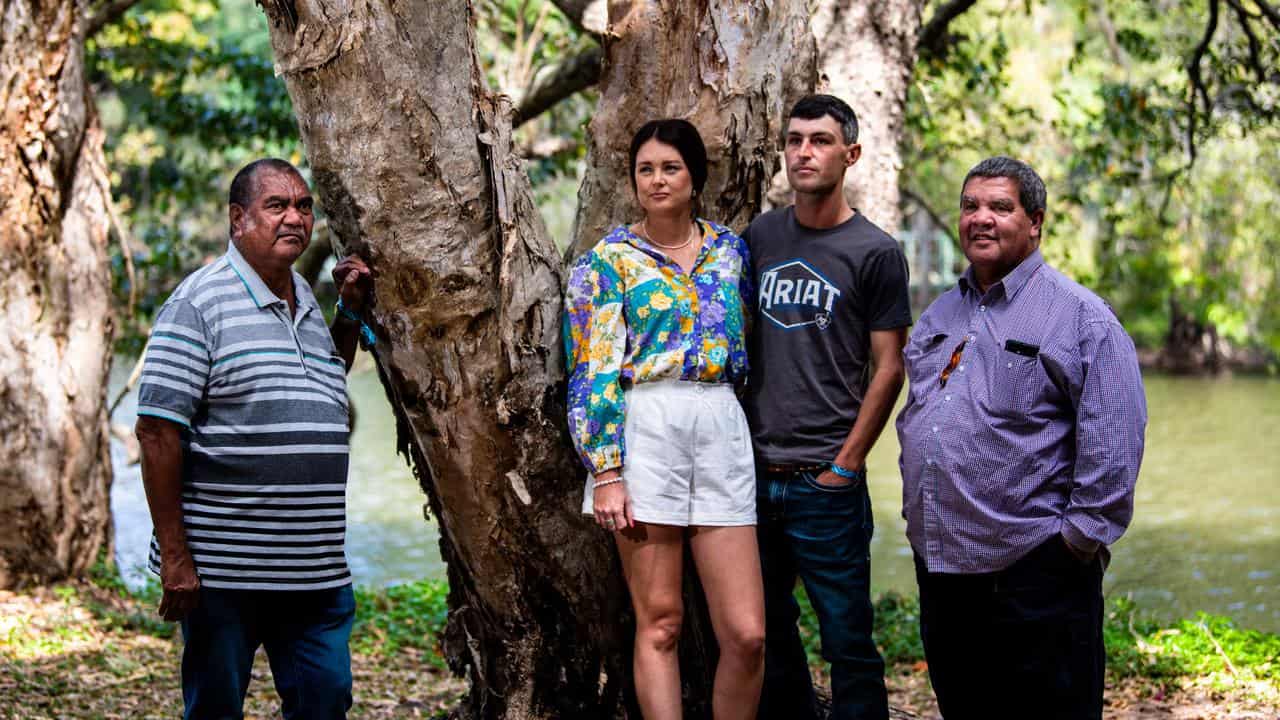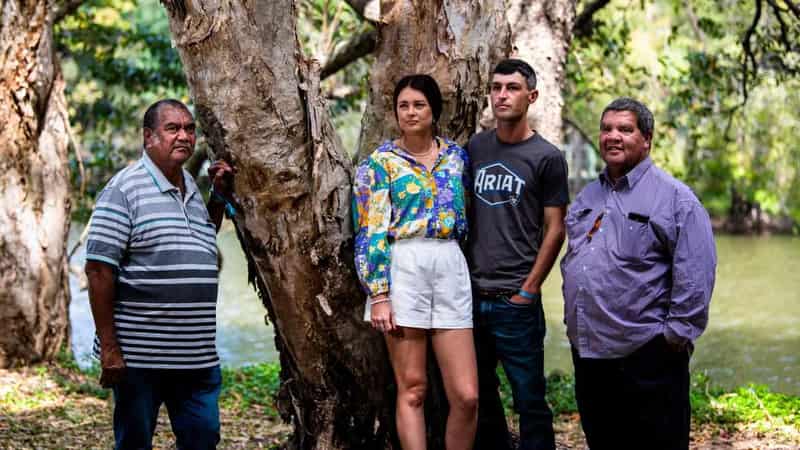
Grazing land became so overgrown on Ashton and Elliot Smith's Queensland cattle station, that the pair knew they needed a solution.
The organic cattle graziers turned to traditional knowledge to reopen the land, which had become basically unusable and unable to be walked through.
The pair turned to natural resource group NQ Dry Tropics and Indigenous fire practitioners as partners in managing their property Jervoise Station in the state's north.
"It's about how we can change our land to work with fire, instead of being worried about fire at the end of the year and the fuel loads," Mr Smith told AAP.
Traditional owner and Gudjuda chair Eddie Smallwood said the project has resulted in multiple benefits.
"A lot of the graziers used to bulldoze, make fire breaks or whatever, these days, you just need a box of matches and go along and do it as long as you know how to do the cultural burning," he said.
Part of the focus has been on Indigenous employment and training.
"We can't just take anyone out and tell them to go and learn how to burn, there are certificates we have to have in place, so there's training," Mr Smallwood said.
"Once we started doing the burns, it benefits everyone."
The pilot project includes intensive monitoring and the use of drone images and mapping to record pasture and environmental improvements, including how much native vegetation has been regained.
Karen Vidler of NQ Dry Tropics said this offers a good measure of how much country you can bring back, and how much you can improve pasture quality.
She hopes the Jervoise Station project will become a model that can be used across the country.
"You've got to have something to showcase so that other property people can see OK, this is possible," Ms Vidler said.
It is among a number of land management approaches being discussed this week at the National Custodians of Country Gathering in Cairns, held by Indigenous non-profit Firesticks Alliance.
A fourth-generation cattle grazier, Ashton Smith said the technique has had major benefits for her family's farming operation.
"We've regained so much country back that before we couldn't use," she said.
"For us it's building our confidence around fire, because originally fire was just a scary concept to us, so doing these burns, it eliminates that fear."
While her family has lived on the station for generations, Ms Smith said they need to learn more about the land.
"It's really important to us to get the traditional owners up because they know the country," she said.
The Smiths are sharing their story alongside fire practitioners at the weeklong event.
Viktor Steffensen, who has helped organise the Firesticks gathering, was also involved with the Jervoise Station project.
"They're learning really important values, not using machinery on their land, use fire as a natural resource, so that you don't disturb the soils," he said.
"They're going to farm with trees by putting back the right parent trees, knowing that if you put back the right trees and right soil types, it'll bring better grasses and healthier pastures."
This AAP article was made possible by support from Landcare Australia and Firesticks Alliance.









